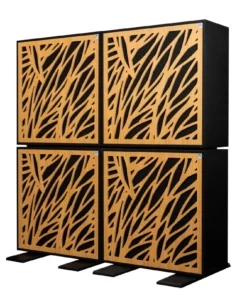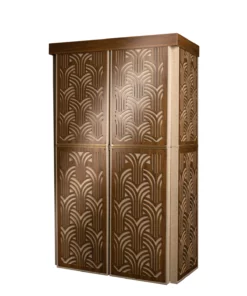Acoustic Vocal Booths & Shields
Acoustic Vocal Booths & Shields
Acoustic Vocal Booths & Shields
Isolation and Variable Acoustics
Great microphone recordings involve both technical precision and creative techniques to control exactly what each microphone hears, both from the performance itself, and the room's effect on the performance. The acoustic environment containing the performance will greatly influence the microphone's sonic perspective of the performance event.
Portable acoustic treatments
Portable acoustic treatments have become an essential tool for recording engineers, offering both technical solutions and creative flexibility. Freestanding treatments can improve balance and isolation between multiple performers or instruments, and adjust the balance of the direct sound of the performance, and the "room tone" around the performance. This tone is all about decay times, the room's tone lingers longer than the direct sound itself, so in an untreated room it's a high percentage of what is heard in any given moment. Fixing what the microphone hears must be done inside the room.
Improving balance and isolation
When recording multiple performers or instruments simultaneously, achieving a clear and balanced sound can be challenging. One major problem is "bleed", where one performer's sound goes into another performer's microphone. Not all bleed is bad, but the more we can control the bleed being recorded in the room, the more creative options we'll have available during the mix to get exactly the tones that we want. Portable acoustic treatments, such as gobos and bass traps, can be strategically placed to enhance isolation between sound sources as part of the engineer's microphone technique. Microphones will have various pickup patterns (cardioid, omni, figure-8, etc) which tell us where the microphones are most and least sensitive.
By setting things up such that the performer's microphone gets a great picture of the performance, but also the null points of the microphones are pointing toward the performers we DON'T want to hear in those tracks, we can set the stage for a great recording. Then, by arranging portable acoustic panels around the performers and microphones, we can both further increase the isolation AND adjust the room tone in the recordings. These techniques and treatments allow engineers to achieve a more precise and controlled recording, so that mixing is less about problem solving and more about creativity.
Adjusting ambience and room acoustics
The sound of a room plays a crucial role in the quality of microphone recordings. Different microphone techniques and placements can capture various sonic and acoustic perspectives, but the room's acoustics will always be a part of any recording, to some degree, done in that room. Portable acoustic treatments can be used to adjust the balance of ambience and room acoustics that the microphones capture -- how much "room tone" will we let into the recording? For instance, placing absorptive panels or diffusers around the recording space can help control reflections and reverberations, resulting in a more natural and pleasing sound with less comb filtering and other artifacts, that sounds more "in focus" for mixing or postproduction.
Using room mics to capture the room tone
One of the creative uses of portable acoustic treatments is to create very dry and focused tracks, using microphones close to the performer or instrument. This technique allows engineers to capture the direct sound of the instrument or voice with minimal room ambience. At the same time, room microphones can be placed further away to capture the natural reverb and ambience of the space. This combination provides greater control during the mixing process, allowing for a more dialed-in final product, where the tone of the recording perfectly expresses the performance.
Bass traps vs. gobos
Understanding the differences between Bass Traps (or broadband absorbers in general) and Gobos can help engineers choose the best solution for their recording needs.
Bass traps are designed to absorb low-frequency sound waves as they pass through the absorbent material. These traps are particularly effective in controlling bass build-up in corners and along walls, where low frequencies tend to accumulate. By reducing excessive bass, bass traps help to create a more balanced and accurate listening environment, which is essential for good audio production.
Gobos, short for "go-betweens," can have absorbers on one or both sides of them, but have dividers inside them that block sound. This blocking feature is useful for creating isolation in ensemble recordings, to reduce the bleed from one instrument to another microphone. However, the dividers inside gobos can sometimes reduce their effectiveness in bass trapping. Therefore, choosing between bass traps and gobos depends on the specific requirements of the recording session and how everything is placed in the room.
Conclusion
Portable acoustic treatments are invaluable tools for recording engineers, offering both technical solutions and creative possibilities. By improving balance and isolation between instruments and adjusting ambience and room tone in the recordings, these treatments enhance the overall quality of audio productions.







